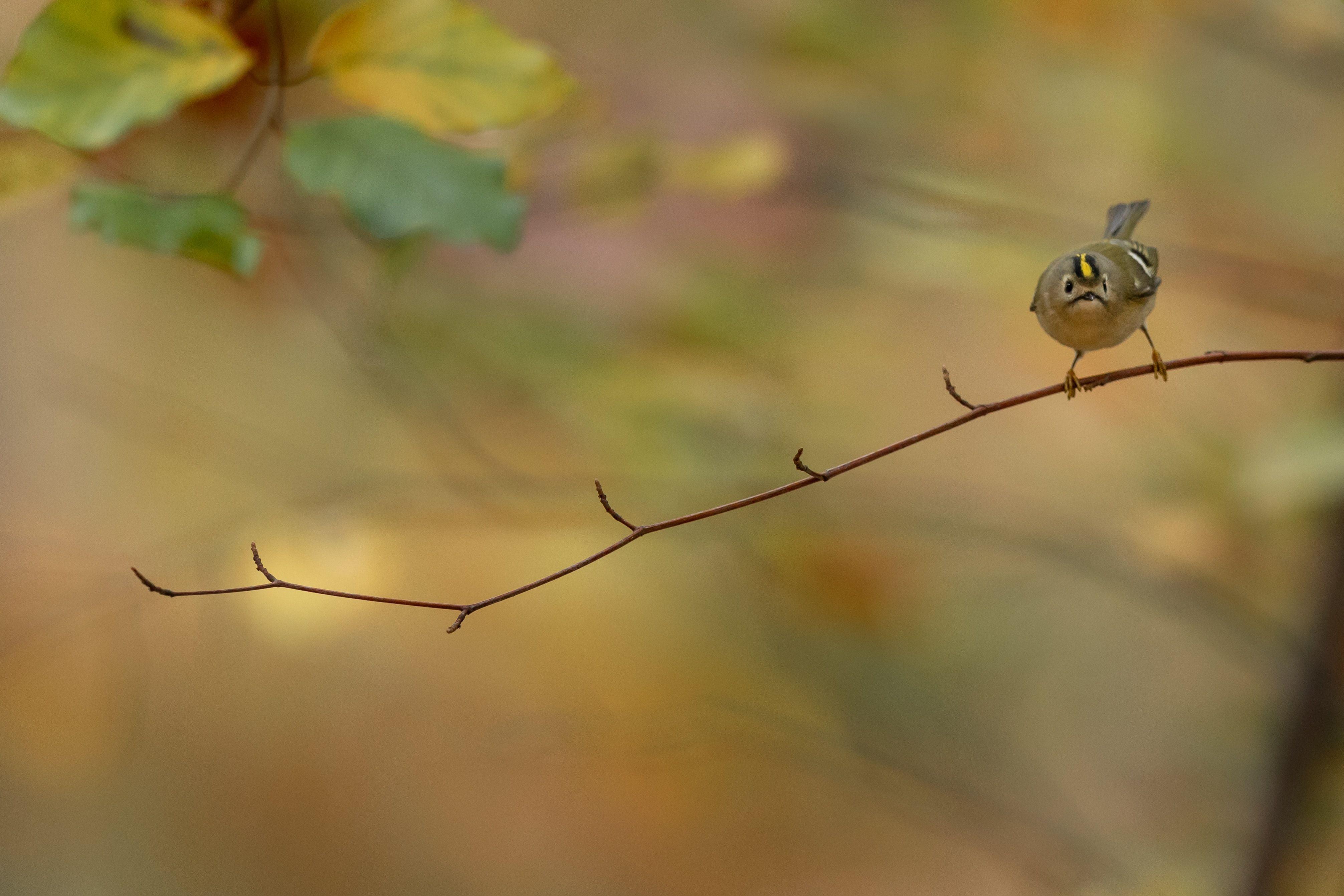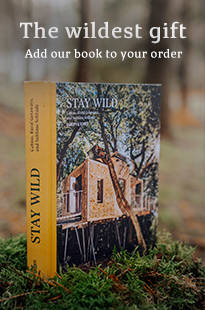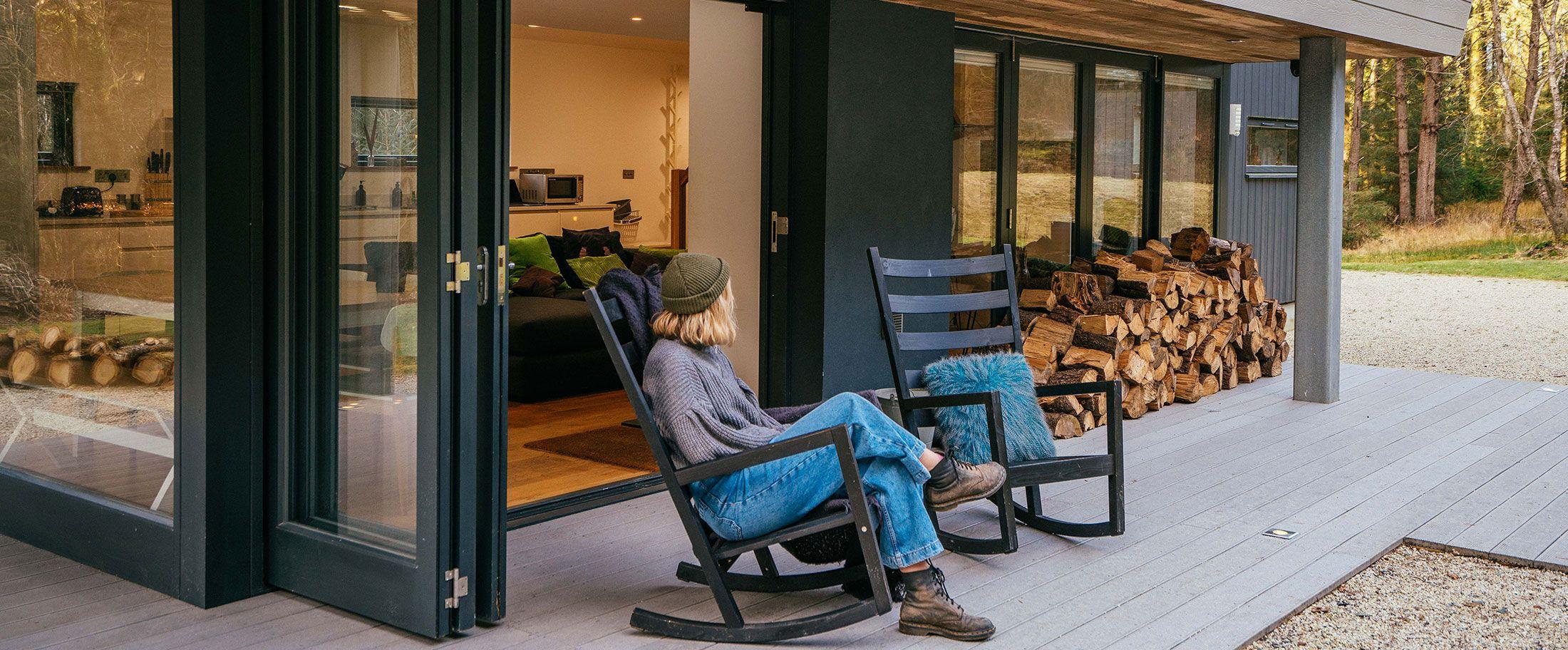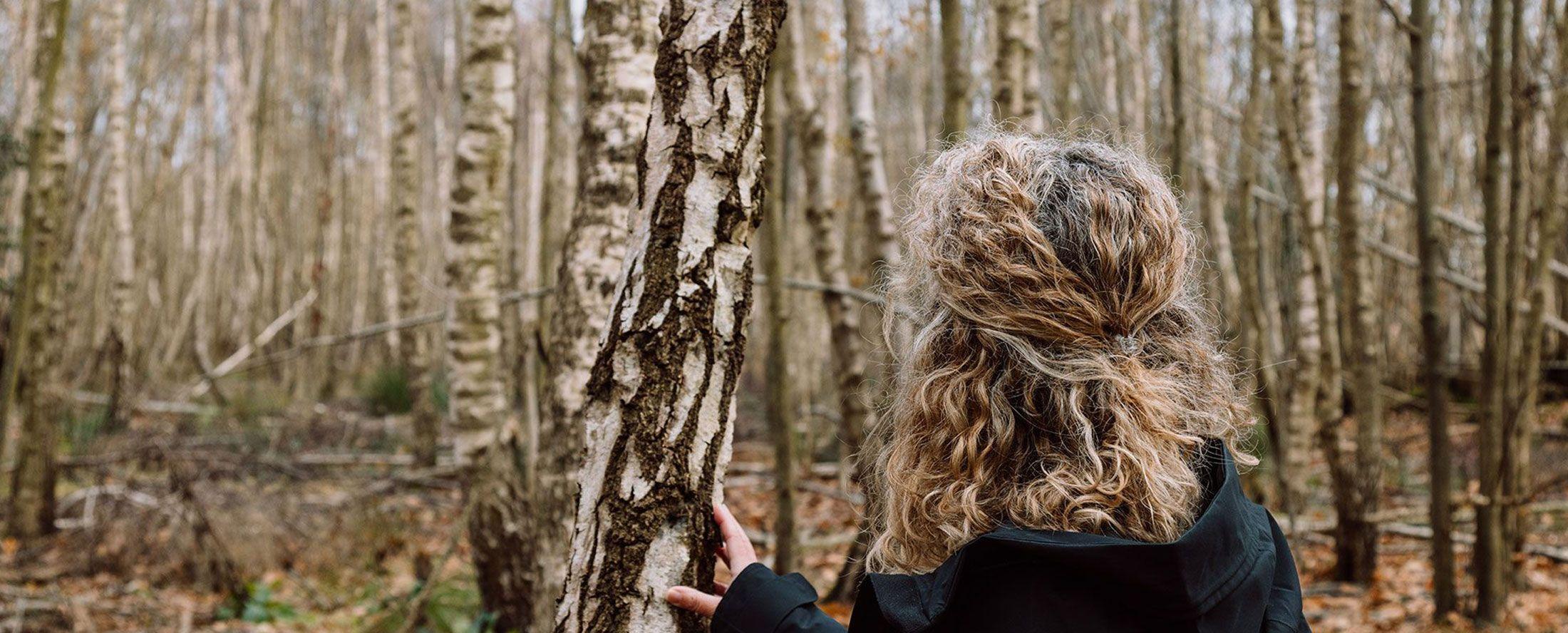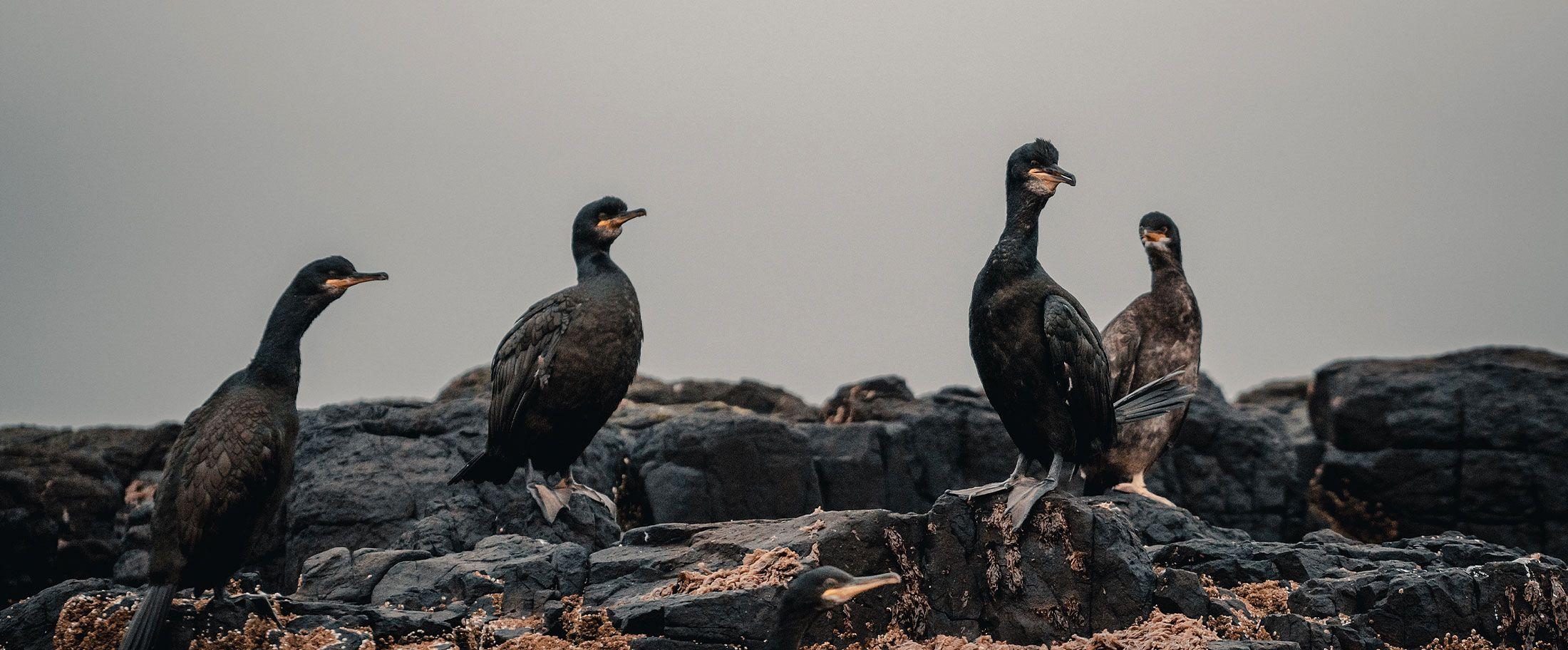- Location
Featured National Parks
- Glamping
- Stories
- Gift Cards
- About us
About Canopy & Stars
More from Sawday's
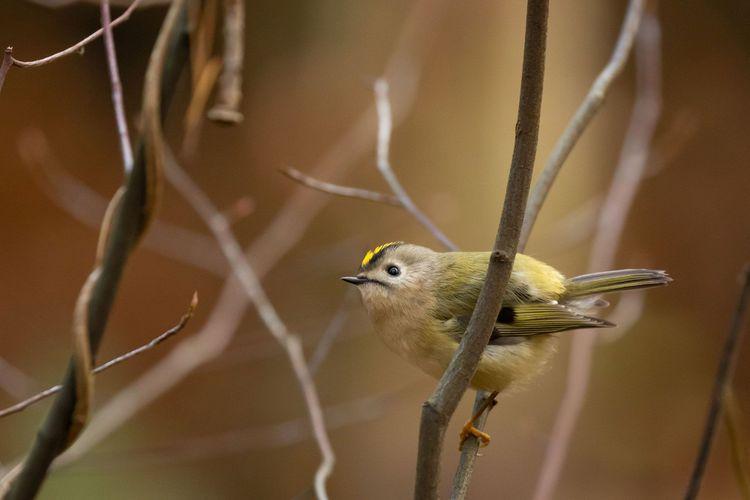
A guide to bird watching in the UK from Mya-rose Craig
Birding is such an inherent part of my being that it can be hard to express what birds give me. My middle name is Shanti, which means peace. It seems to fit quite well. The calmness and wellbeing birds bring are things I find immensely valuable in my life and that I feel everyone can benefit from.
Why you should go birding
During the COVID-19 lockdowns, people all over the world got in touch with me to tell me how much taking up birding has helped them cope with the anxiety and solitude of the last eighteen months. I also interviewed the TV GP, Dr Amir Khan, who talked about how he had been birding to help him manage the stress and anxiety of being on the front line. That is one of the reasons why I would recommend people to take up birding, as it’s really good for your mental health as well as being aesthetically beautiful.
I think that it is particularly important for young people and those who are visible minority ethnic, as these groups have much higher levels of mental illness which has worsened during lockdown. Growing up in inner city Bristol, my mum learnt the Bangla names of the common garden birds from her Bangladeshi mum who fed the plentiful sparrows leftover cooked rice. That was my Nanu’s way of enjoying birds, keeping them fed just like her family. Through my charity Black2Nature, I run camps for minority groups and as well as getting them connected to nature, we also talk about mental health, resilience and how they can use watching birds to feel physically and mentally better. But whatever your background and no matter where you live, birding can be brilliant. If you’ve decided to give it a try but aren’t sure where to start, then here are some simple tips.
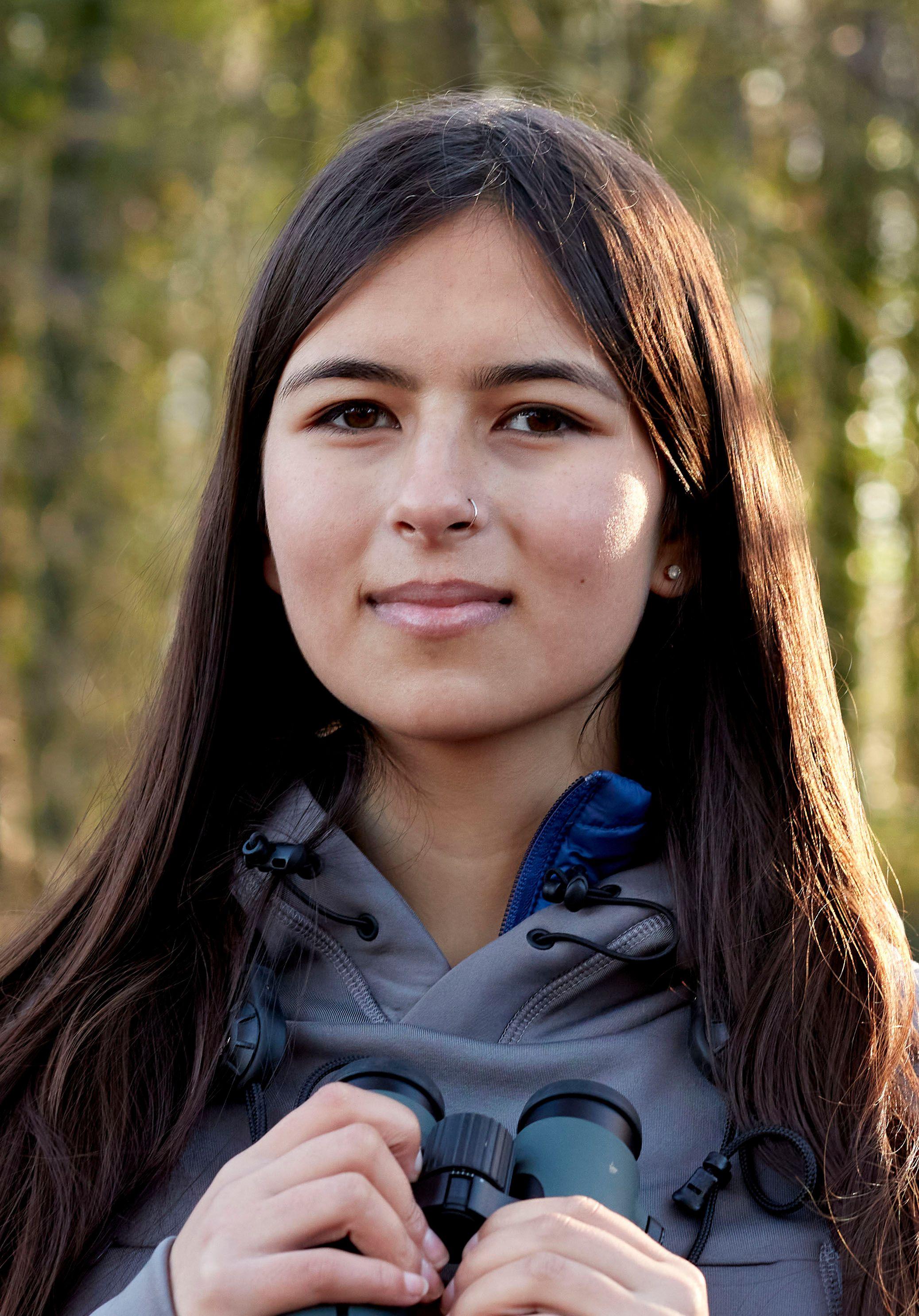
How to get started
The most important rule for birding is that everything is ok, except hurting or disturbing birds or wildlife. If you have a hobby, then try to incorporate it when you connect with birds. For example, photography, sketching and art, walking and hiking, gardening or even making things like nest boxes.
At one level, you do not need any equipment or ID skills for successful birding. Just look outside into vegetation and trees, or up to the sky of course. Look carefully at what you see and just enjoy the incredible living thing in front of you; watching its behaviour while feeding or in flight. To help find the time in the day, set your alarm early, open your bedroom windows, go back to bed and listen to the birds singing from pre-dawn onwards. Birds are less active in the middle of the day, except maybe on feeders, then start feeding again in the hour before dusk.
A good tip for seeing birds better is to put up bird feeders with different types of food in them, such as sunflower hearts, peanuts or niger seeds. You can also fill hard, hollow items with a mixture of suet and seed to make feeders or simply hang large, filled plastic drinks bottles upside down. Remember to put food in different places, such as scattered on the ground for Song Thrush, Blackbirds and Robins. Birds also need water to drink and bathe in and an upturned old dustbin lid makes a great bird bath. It’ll need refilling daily, so add it to the rounds as you clean and refill your feeders.
So, there are no rules for birding and you don’t need to become an ID expert, but if you are interested in knowing what birds are visiting you, there are easy ways to learn the basics. Notice the size, colour and shape of the body, feathers, bill (or beak) and legs, as well as listening to its call or song. Then watch its behaviour, where and how it feeds, how it moves around and whether or not it moves its tail or head in a characteristic way. Keep your phone on you, but on airplane mode, so you can take photos but also get a very valuable break from distractions like social media.
Learning as you go
When I’m out birding, I like to keep my phone on silent to give myself a break from social media and other distractions, but it’s very handy to have something for taking photos that will aid you in identifying species. There are also plenty of apps that will assist you with your birding. Firstly, there are the apps that show you what birds look and sound like, helping you identify them with excellent drawings, descriptions and recordings. The best has to be The Collins Bird Guide App for its excellent illustrations. Others include Birds of Britain Pro, Merlin Bird ID and iBird Pro Guide to Birds. ChirpOMatic works pretty well for song identification. You just record 10 seconds of the bird singing and then the app gives you 3 suggestions for what the bird might be. There are others (Chirp!, Bird Songs of UK and Europe and Bird Song id UK) but always be aware that in a busy environment any app might name something else singing in the background instead of the species you’re looking for.
There are some species that you will find in your garden all year round but it is only by watching through the seasons that you can start to map them out. The RSPB Big Garden Birdwatch results can be found on their website. It’s great for discovering which are the most common garden birds nationwide. However, number one on the list is the House Sparrow which is a huge rarity in my garden, so don’t expect to see them all every day.
The key to birding is simply to enjoy the time watching nature. Even if you never look in a bird book, it will reward you with a connection to nature and an immense sense of wellbeing. You may even come to recognise individuals and get to know their habits. There’s simply nothing like it for fostering a sense of calm and community.
A few common birds to look out for
1. Long-tailed Tit
These tiny fluffy birds are aptly named, as their tails are longer than the rest of their bodies. They have hite heads with black eye-stripes, a white, black and salmon back. You’ll most likely see them in woodlands and hedgerows and you’ll very rarely see one at a time. They tend to move in large groups, sweeping from branch to branch in a strangely orderly, undulating chain. They call constantly and pass by quickly, so when you hear that squeaking hubbub coming, start looking around for them. They lay large clutches of eggs, which would lead to overcrowding in the nests, if it wasn’t for their cunning choice of building material. Using mosses, lichens and even cobwebs, they construct stretchy, feather-lined nests that provide all the warmth and flexible space that their growing family needs.
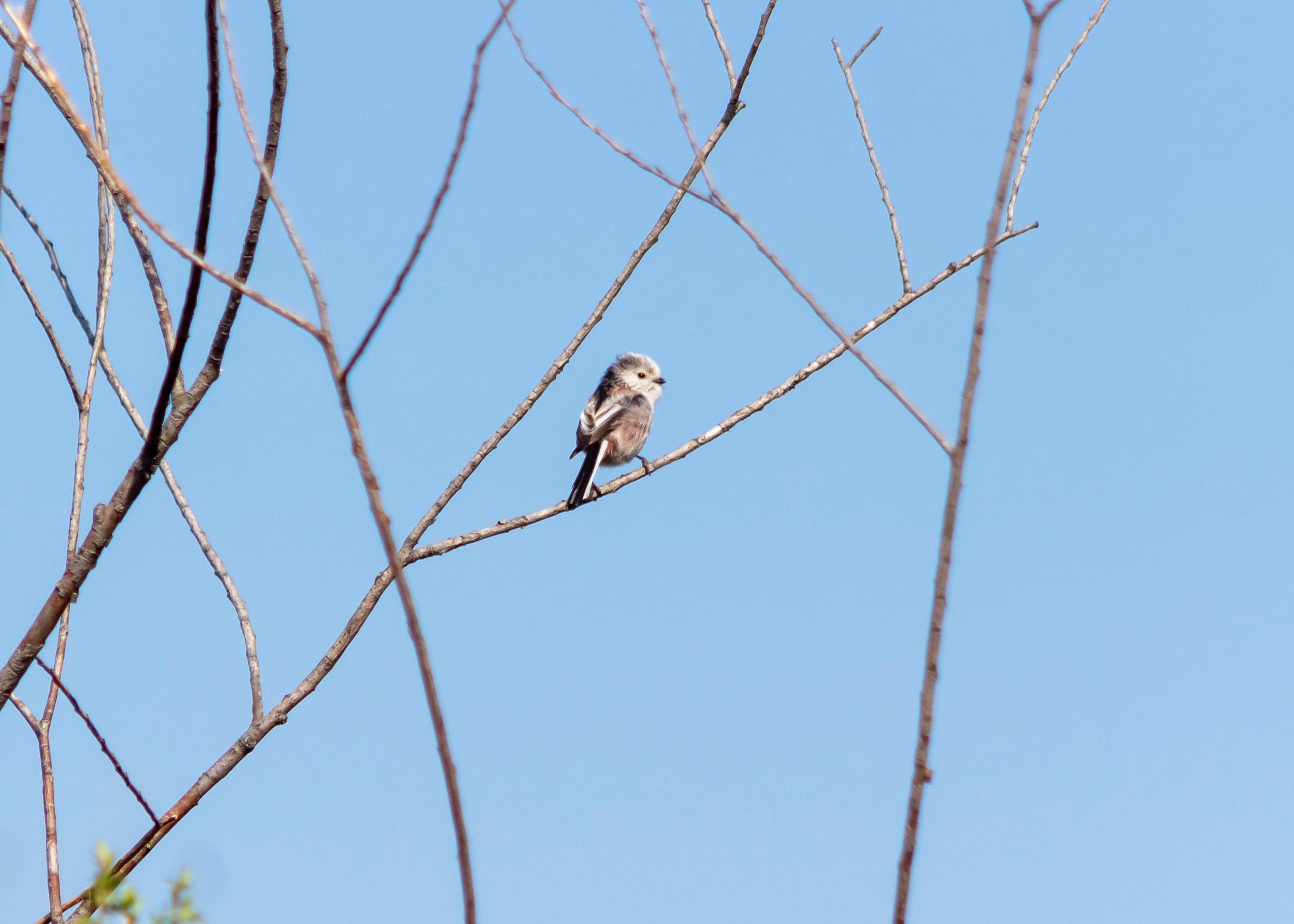
2. Blackbird
The humble blackbird is a common sight in almost every British garden, but this means you have more of a chance of getting familiar with them and observing their behaviour. They can live for up to ten years too, so you might even get to know individuals that visit your garden regularly. Only the males are actually black, with females and juveniles being a light brown. You’ll see them hunting for bugs by flipping over leaves, but look closely to spot their incredible super power in action. By turning their heads and listening very carefully, they’re able to hear worms, their favourite food, moving underground and go tunneling after them.
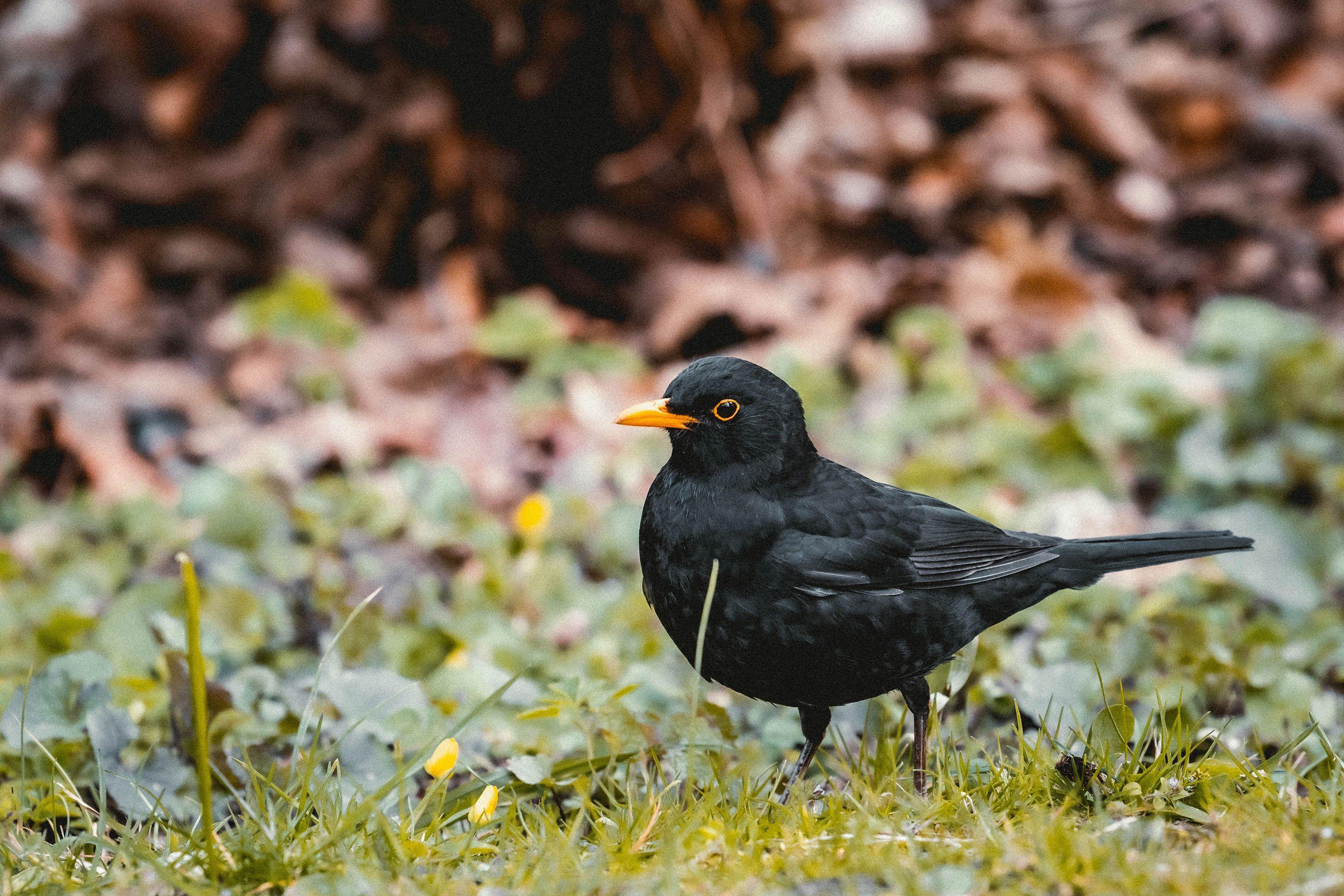
3. Jay
The Jay is the sort of bird that would send you scrambling for your camera if you were abroad, but is often overlooked in the UK. They are large, pale pink birds, with a black tail, white rump and pale heads with black streaks, but it’s the wings that catch the eye. Their panels of bright blue feathers flash when they take flight but are harder to spot when they’re at rest. Their nests are distinctively messy bundles of twigs that look almost exactly how most children draw a bird’s nest. They tend to start to work on these constructions in April, so keep an eye out for bundles of sticks in high branches and a jay might be nearby.
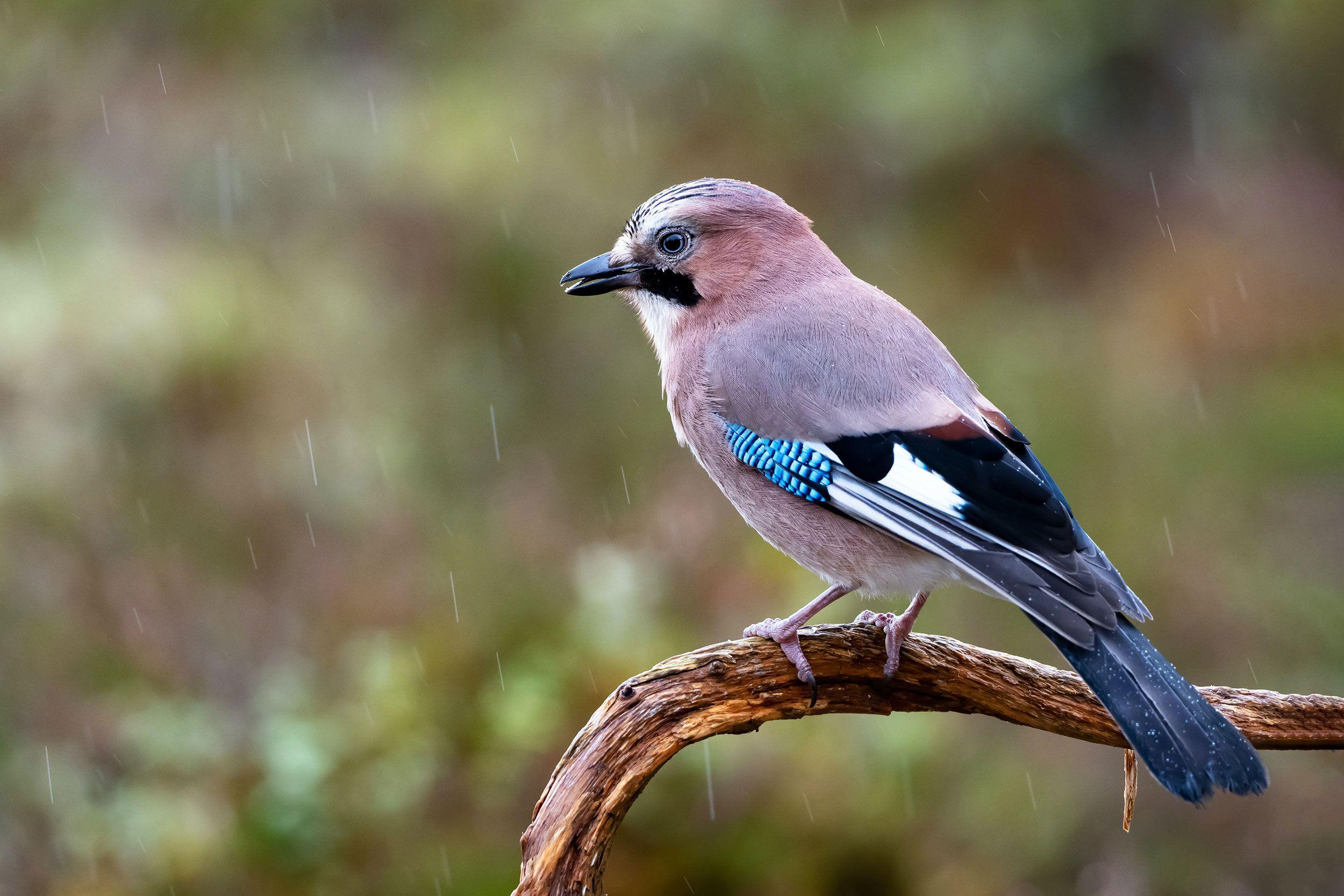
4. Skylark
Skylarks are remarkable birds. Somewhere between a sparrow and a starling in size and a pale mottled brown in colour, they aren’t most visually striking when at rest, but that’s not when you’ll see them. You’ll most likely catch sight of the males above grassland or farmland on their display flights, when they shoot vertically up into the air and hover in place, singing continuously. Their song is an incredibly rapid trill that varies enormously in tone and they can keep up these song flights for up to an hour, reaching heights of 300m. They are resident in almost all parts of the UK, but becoming increasingly rare due to habitat loss.
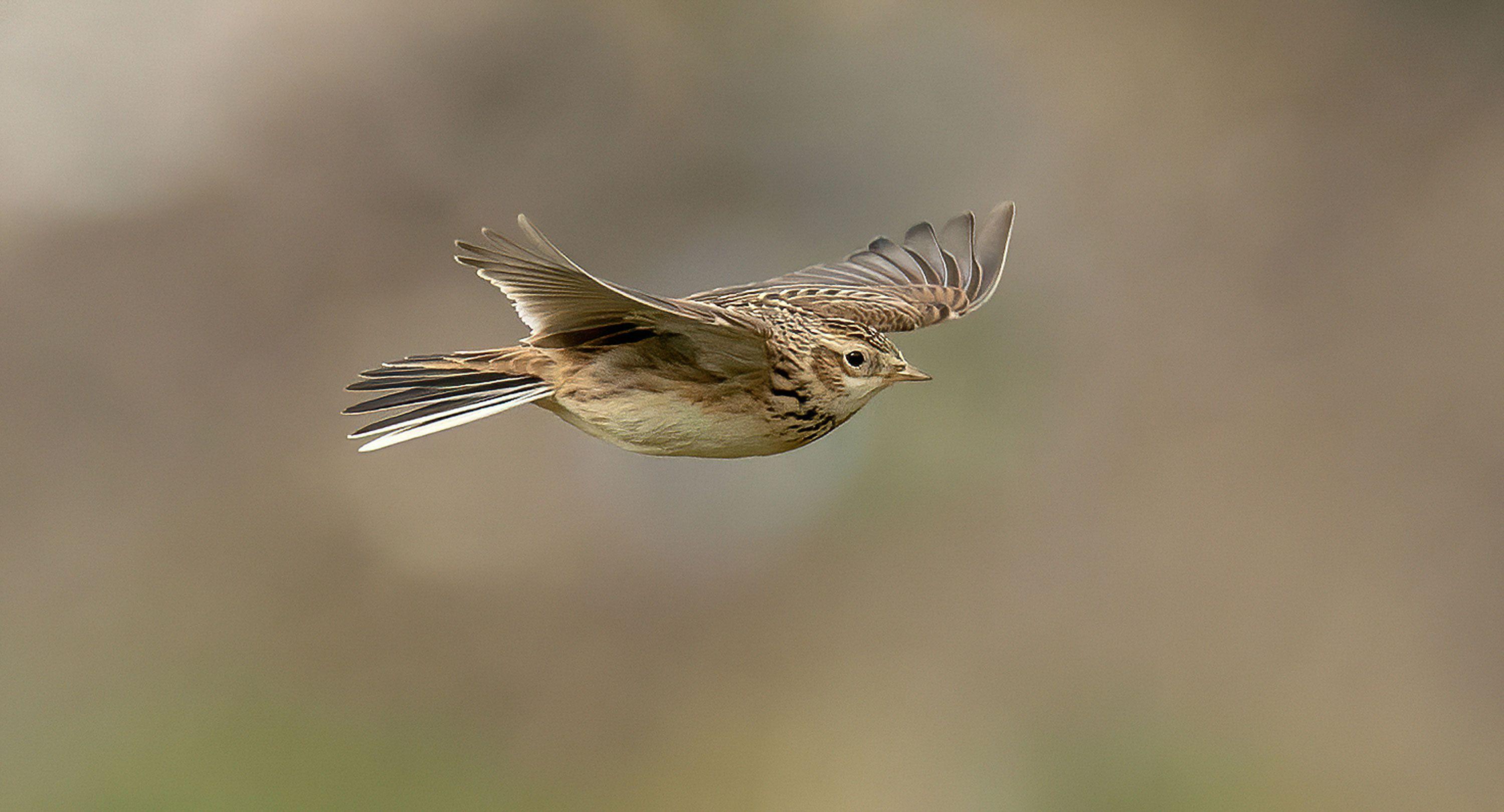
5. Goldcrest
Along with the firecrest, the goldcrest is the UK’s smallest bird species, with adults being around 9cm tall and weighing about as much as a 20p coin. Females have a solid yellow crest, but the males have a smaller strip of orange at the centre, although it’s hard to focus the binoculars quick enough to make that distinction sometimes! They have a call so high-pitched that not everyone is able to hear it, as well as a trilling song in a lower register. There’s a big enough resident UK population to give you a reasonable chance of spotting one all year round, but in the autumn their numbers are swelled by migrating individuals from Scandinavia, so you’ll have much more luck if you’re on the east coast.
